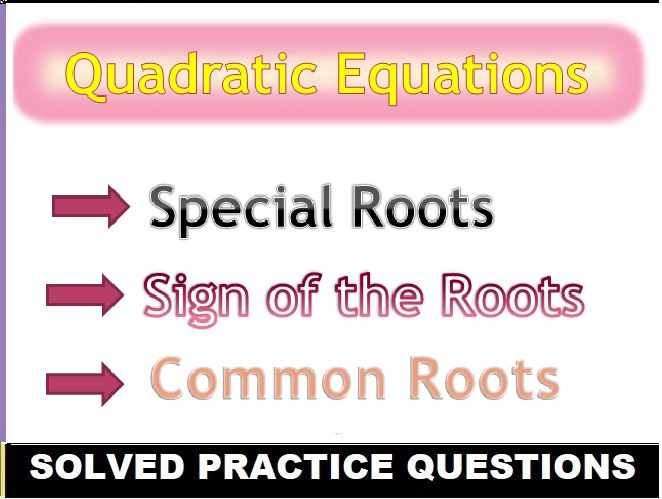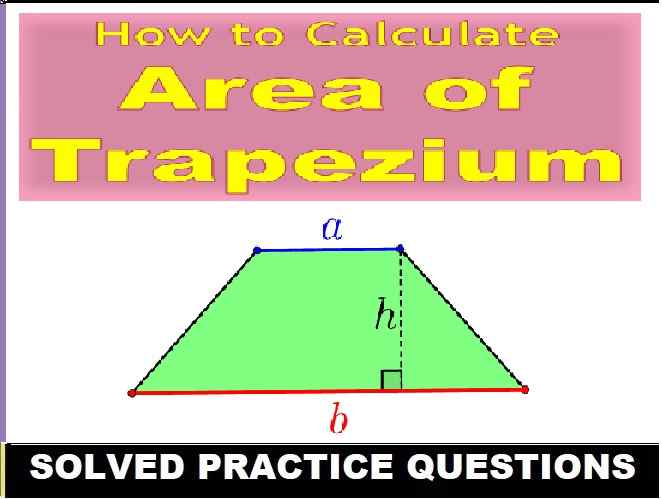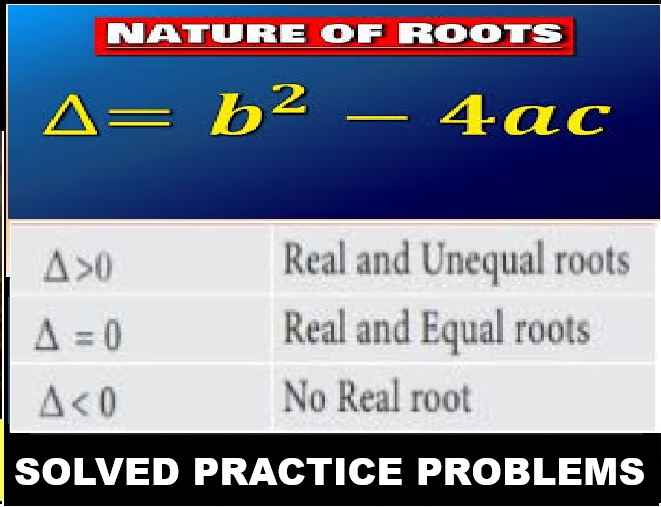Five Kingdom Classification Long Answer Biology Class-9 ICSE Selina Publishers Solutions Chapter-8. Step By Step ICSE Selina Concise Solutions of Chapter-8 Five Kingdom Classification with Exercise-8 including MCQs, Very Short Answer Type, Short Answer Type, Long Answer Type and Structured/Application Questions Solved . Visit official Website CISCE for detail information about ICSE Board Class-9.
Five Kingdom Classification Exe-8 Long Answer Biology Class-9 ICSE Concise Selina Publishers
| Board | ICSE |
| Publications | Selina Publication |
| Subject | Biology |
| Class | 9th |
| Chapter-8 | Five Kingdom Classification |
| Book Name | Concise |
| Topics | Solution of D. Long Answer Type |
| Academic Session | 2023-2024 |
D. Long Answer Type
Five Kingdom Classification Class-9 Biology Concise Solutions
Page 85
Question 1.
Distinguish between the following pairs :
(a) Invertebrates and vertebrates
(b) Ectothermal and Homeothermal animals
(c) Monera and Protista
(d) Bryophytes and Pteridophytes
(e) Roundworms and Ringed worms
Answer:
(a) Difference between Invertebrates and vertebrates:
| Invertebrates | Vertebrates |
|---|---|
| No internal skeleton. | They have an internal skeleton. |
| Backbone is not present. | Backbone is present. |
| Tail is absent. | Tail is present. |
| Heart is present on dorsal side. | Heart is on ventral side of the body |
| Nerve cord is ventral and solid. | Nerve cord is dorsal and hollow. |
| Three or more pairs of limbs, if present. | Two pairs of limbs. |
| Haemoglobin, if present, is dissolved. | Haemoglobin is present in red blood cells. |
(b) Difference between Ectodermal and Homeothermal animals:
| Ectothermal animals | Homeothermal animals |
|---|---|
| Internal body temperature relies on external temperature. | A constant internal temperature is maintained which is not affected by external temperature. |
| Example – Amphibians, Reptiles | Example – Mammals, Aves |
(c) Difference between Monera and Protista:
| Monera | Protista |
|---|---|
| They are prokaryotes. | They are eukaryotes. |
| Membrane bound cell organelles are absent. | Membrane bound cell organelles are present. |
| Example – Bacteria | Example – Amoeba, Euglena |
(d) Difference between Bryophytes and Pteridophytes:
| Bryophytes | Pteridophytes |
|---|---|
| True leaves, stems or roots are absent. | True leaves, stems or roots are present. |
| Non-vascular | Vascular |
| Example – Moss, liverwort | Example – Fern |
(e) Difference between Roundworms and Ringed worms:
| Roundworms | Ringed worms |
|---|---|
| Belong to Phylum Nematoda. | Belong to Phylum Annelida. |
| Soft, round, cylindrical body. | Soft, cylindrical ring-like segmented body. |
| False body cavity present. | True body cavity present. |
Question 2.
Explain the meaning of the terms cold-blooded and warm-blooded (homeothermal).
Answer:
| Cold-blooded animals |
Warm-blooded animals |
| These animals cannot maintain their body temperature. Their body temperature is regulated by the external environment. |
Animals whose body temperature is kept relatively constant by internal mechanisms. |
| E.g. Insects, Amphibians | E.g. Birds, Mammals |
— : End of Five Kingdom Classification D. Long Answer Class-9 ICSE Biology Solutions :–
Return to Return to Concise Selina ICSE Biology Class-9
Thanks
Please share with your friends


